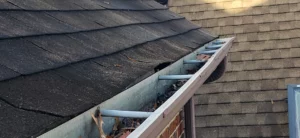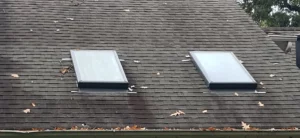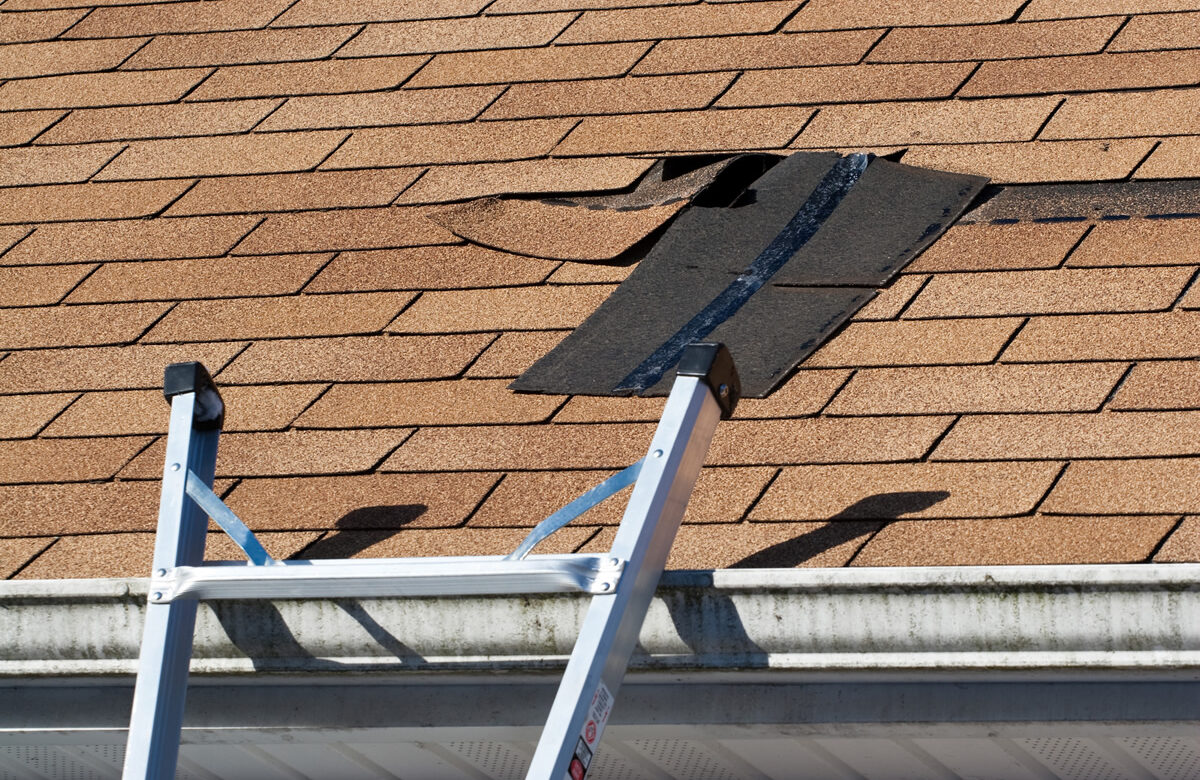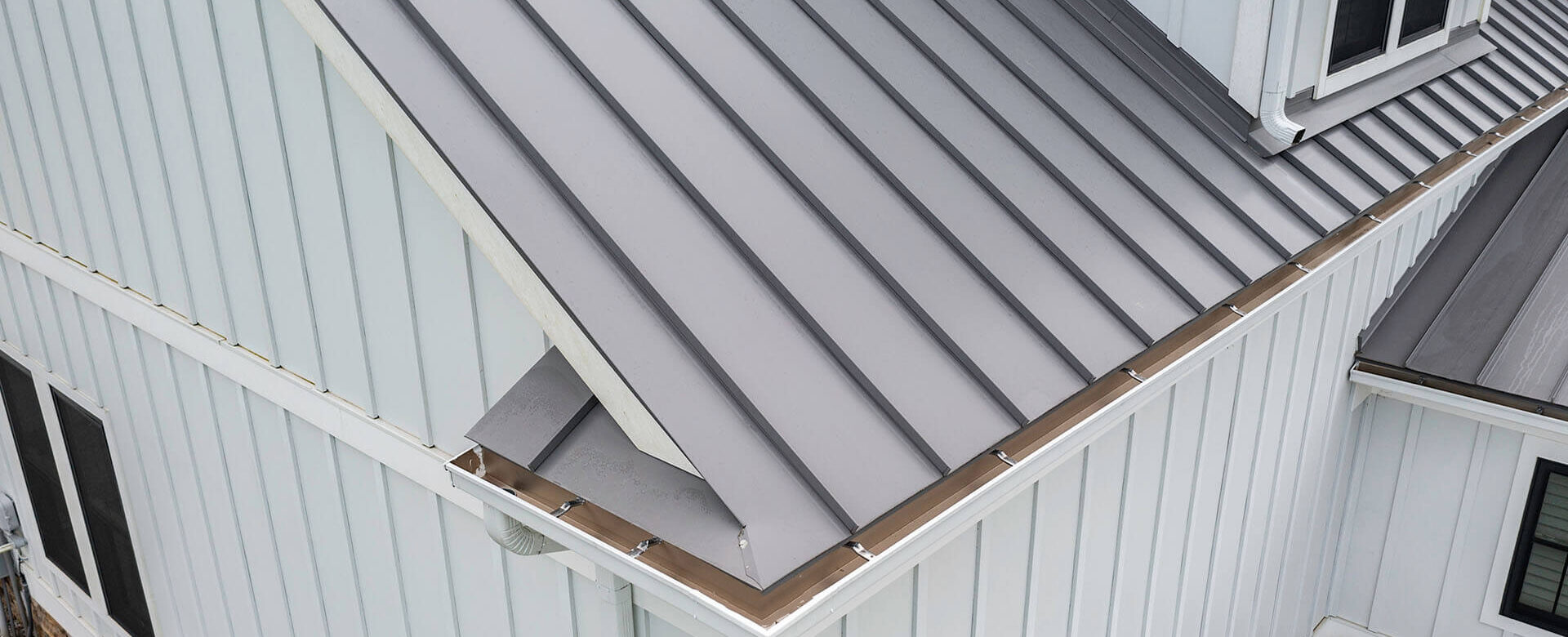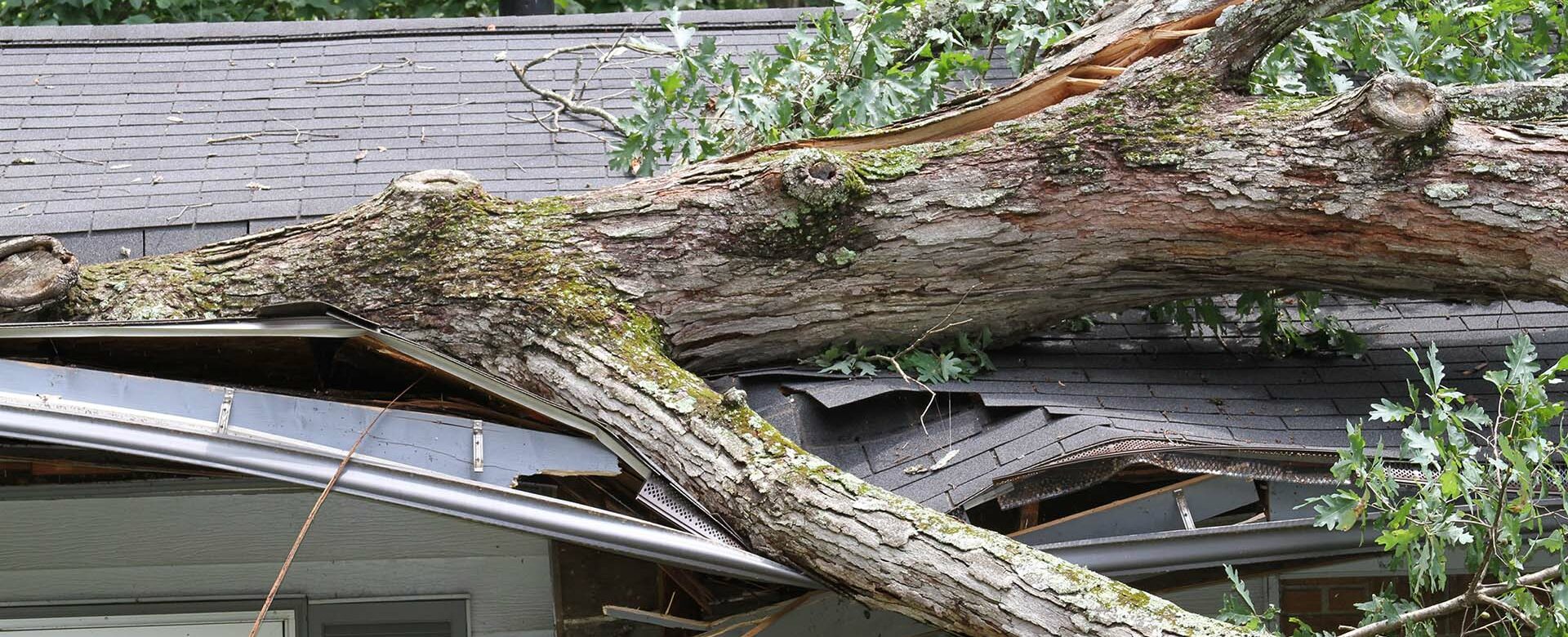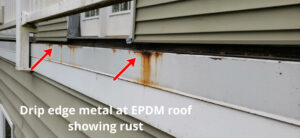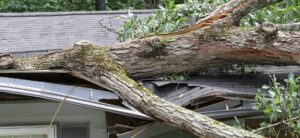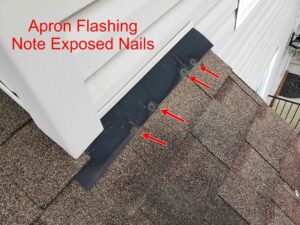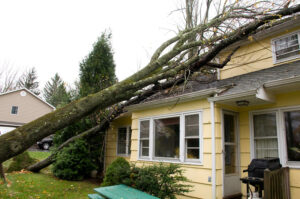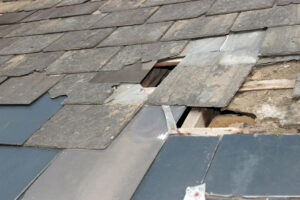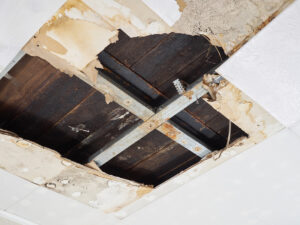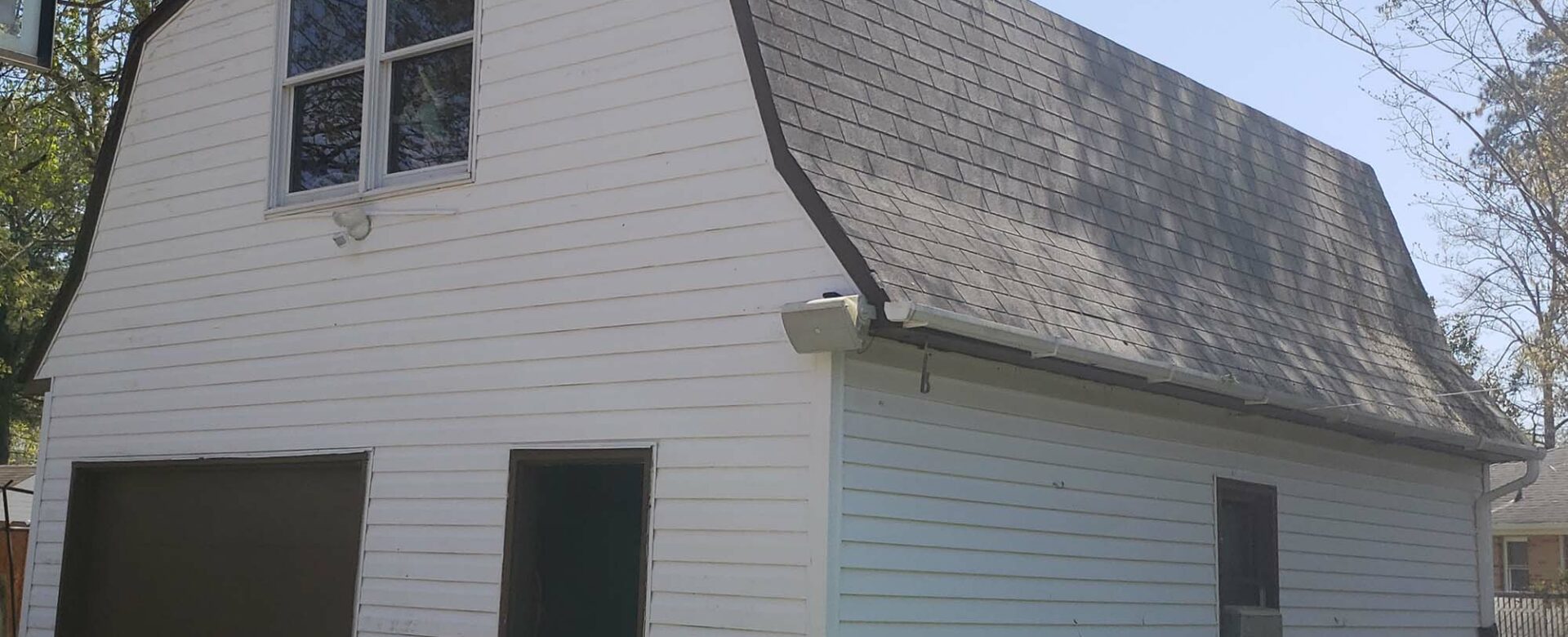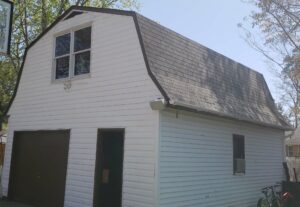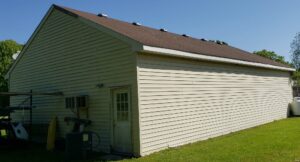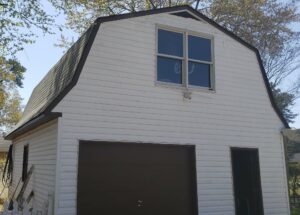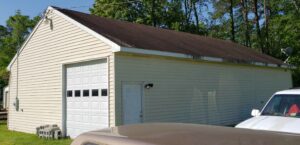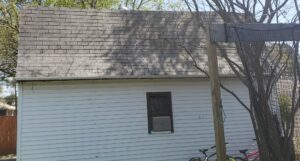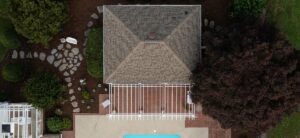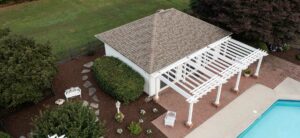We’ve been doing business in Southeast Virginia for decades, which means we know very well that the seasonal beauty of fall comes with a fair share of potential roofing headaches.
Leaves, pine straw, and other debris may look harmless, but they can cause significant roofing issues if left to accumulate in key areas like valleys, gutters, downspouts, and sidewalls. Here’s a closer look at why these buildups can lead to bigger problems and what kinds of repairs you might need if they’re not properly addressed.
Valleys: The Perfect Catch-All
Roof valleys are especially prone to catching and holding onto leaves, pine needles, and other debris. These areas naturally channel water off the roof, so when clogged, water can’t flow properly. The buildup creates the perfect breeding ground for mold, moss, and mildew, leading to water pooling and potential leaks.
Repairs You May Need: If not cleared, debris buildup in valleys can lead to rotting shingles or underlayment, causing leaks and water damage. Left unchecked, this might require a complete valley reinstallation, including shingle replacement and underlayment repair.
Gutters and Downspouts: The First Line of Defense
Leaves and pine straw are notorious for clogging gutters and downspouts, causing water to back up. Especially in the fall, we see a lot of clogged gutters that can lead to roof and structural damage. When water can’t flow freely, it pools in gutters, and the overflow can back up into and under roofing materials, down into walls and eventually into your home’s foundation, which is a costly problem.
Repairs You May Need: Prolonged water overflow can damage fascia boards and soffits, leading to wood rot and, in extreme cases, structural weakening. In some cases, you may need gutter realignment or replacement, downspout extensions, or even partial fascia board replacement.
Sidewalls: An Overlooked Vulnerability
When debris builds up where the roof meets a wall, called the sidewall or step flashing, it can trap moisture. Pine straw and leaves left to rot here create a hidden damp area that erodes flashing over time, opening up the roof to leaks and seepage.
Repairs You May Need: Damaged flashing can lead to leaks that seep into walls, requiring not only flashing replacement but also repairs to affected shingles, woodwork, and insulation.
Roof Shingles: Your Shield Against the Elements
Though shingles are designed to protect your roof, heavy debris can compromise their effectiveness. Leaves and pine straw hold moisture, which can create “hotspots” on shingles, weakening them and promoting mold and mildew growth. In some cases, the weight of accumulated debris on weaker or older shingles can cause cracking or even partial shingle detachment.
Repairs You May Need: Minor issues might require shingle replacement or moss and mold treatment. However, if left untreated, the accumulation can lead to more extensive repairs, like partial reroofing to address compromised shingles and underlayment.
Our Tips for Preventing Roofing Problems in the Fall
- Regular Gutter Cleaning.
Clear gutters and downspouts at least twice during the fall. If you have a lot of trees nearby, consider installing gutter guards. - Roof Valleys Maintenance.
Clear valleys of debris regularly to prevent buildup and water retention. To do so, use a roof rake or hire a professional – never get on a ladder and attempt to do this yourself. - Sidewall and Flashing Checkups.
Inspect sidewalls and flashing areas (from the ground) whenever you’re working outside around your house or at least once a month to ensure there are no areas of accumulation. - Professional Inspection.
Schedule a fall inspection with a trusted roofing professional who can catch and address minor issues before they lead to costly repairs.
Andrews Roofing Can Help
The cooler months ahead provide the perfect opportunity to prepare for winter by addressing any potential fall-related roofing issues. If you’re concerned about your roof’s condition, or just want to ensure your investment lasts for a long time to come, contact Andrews Roofing today. We’re here to ensure your home stays dry, safe, and ready to handle the Southeast Virginia weather all year long.


